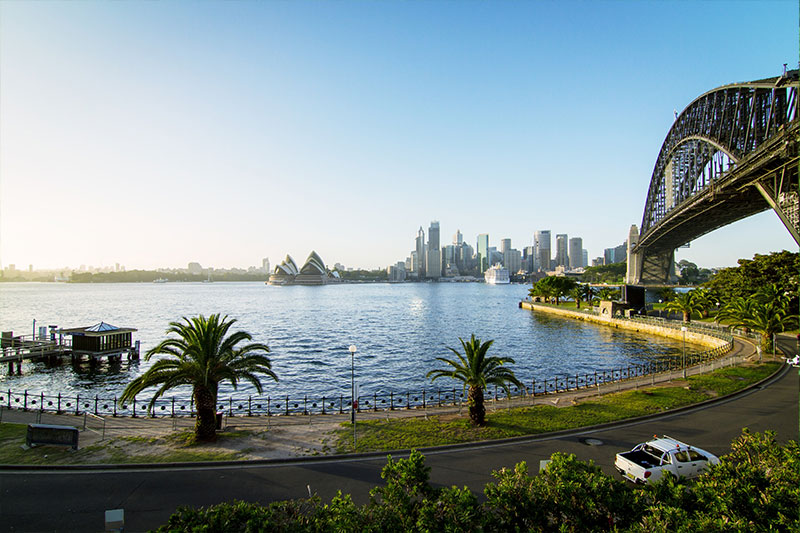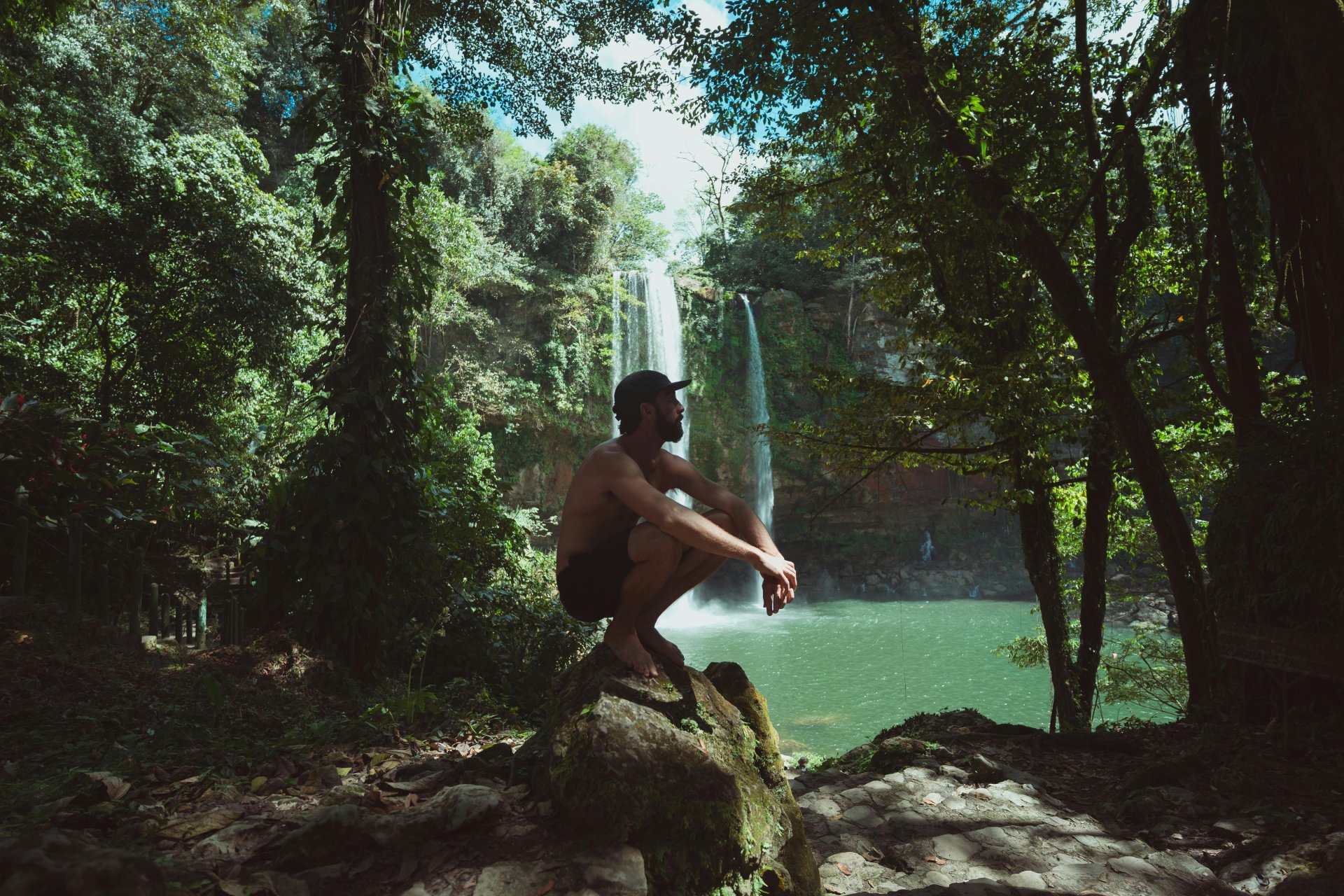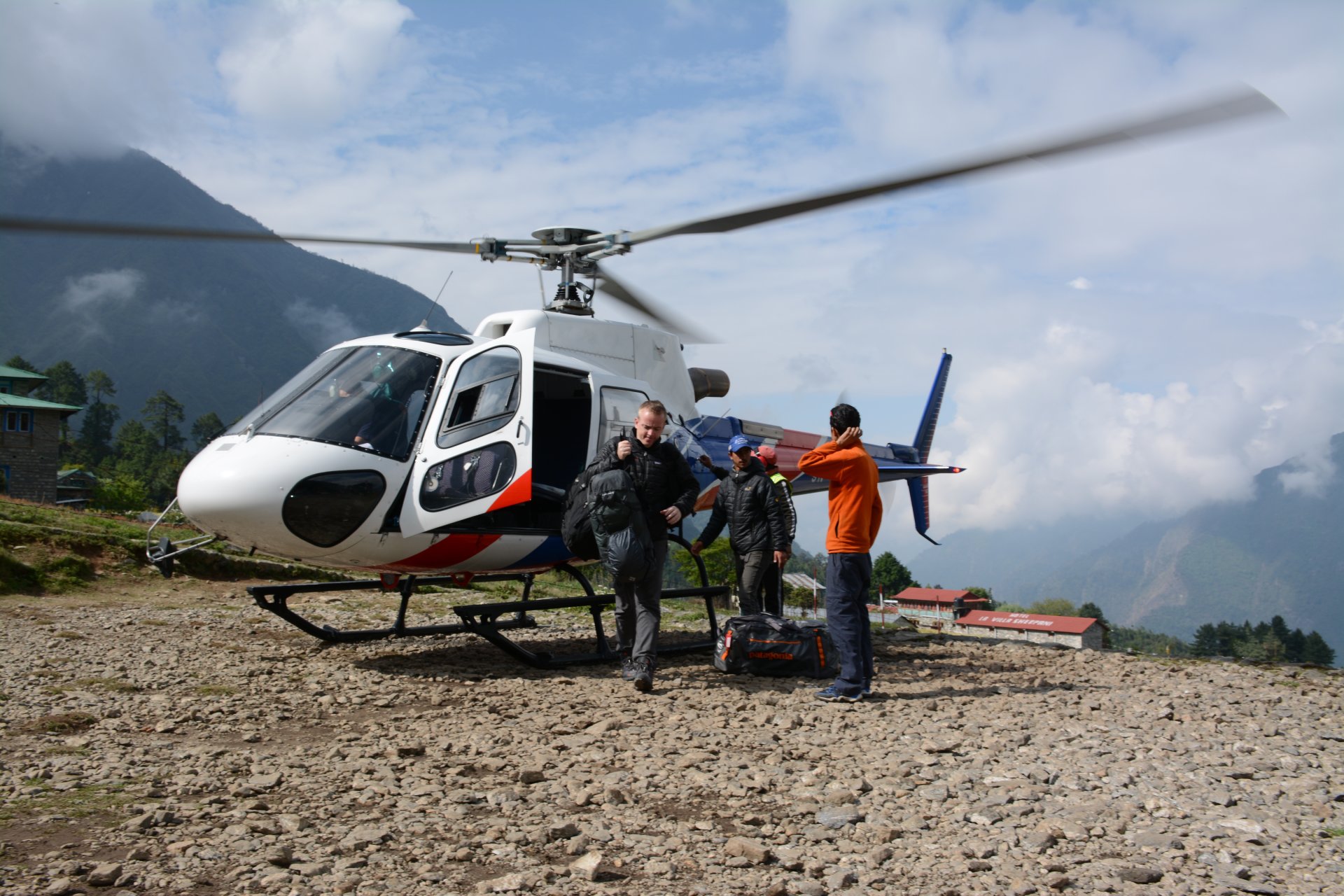Eco-conscious travelers have always taken small steps to protect the environment: skipping the laundry service, bringing a refillable water bottle, and staying at locally owned hotels.
Leigh Barnes, chief customer officer of Intrepid Travel, noticed an increased demand for sustainable travel before the coronavirus pandemic. “Customers are becoming increasingly savvy and socially conscious consumers, and they expect this from us. In January, North America saw 24% growth year-on-year, with a 43% growth in our tailor-made business with industry partners,” he told Travel Market Report in 2020.
Post pandemic, eco-friendly travel has grown to a whole new level. The ecotourism industry worldwide was estimated at $181 billion in 2019 and is predicted to reach $333 billion in 2027, according to Statista.com, and 83% of travelers believe sustainable travel is important worldwide.
The goals have also changed. Sustainable travel — finding a way to make sure trips do not harm the environment in the short or long term — has transformed into regenerative travel: trips that make a difference.
“Sustainable travel is about not purposefully harming the environment, while regenerative travel is about actively helping the environment. It’s the concept of making travelers guardians of the environment,” said Dan Richards, CEO of Global Rescue. “Volunteering while abroad is a great example.”
The Carbon Footprint of Tourism
According to Sustainable Travel International, tourism is responsible for roughly 8% of the world’s carbon emissions.
It’s not just airplanes contributing to the climate crisis. Tourists generate carbon dioxide by going on boat rides, turning up the air conditioning, and eating imported foods. From transport to lodging to dining and even shopping, tourism depends heavily on fossil fuels. The carbon dioxide emissions from fossil fuels, in turn, trap heat in the atmosphere, causing global warming.
“Travelers tend to use water, food and energy and generate waste at higher rates than when at home, with a displaced negative burden experienced by some of our most fragile and/or poorest places on the planet,” states a case study written by The Harvard T.H. Chan School of Public Health and the World Travel & Tourism Council (WTTC), a Global Rescue Safe Travel partner. “At the same time, travel and tourism has enormous potential to educate the traveler, increasing social capital and appreciation of diversity, as well as creating meaningful employment.”
Sustainable travel requires change on many levels. Here’s what destinations, tour operators and travelers are doing to help.
DESTINATIONS

Located in the western Pacific, Palau is known for its beaches, blue lagoons and rich marine environment where scuba divers and snorkelers can see barrier reefs, sea life and World War II wrecks. Tourism is the main economy for Palau residents — but getting tourists to the island nation threatens their livelihood as well. A one-way flight from London to Palau generates about 1.8 metric tons of carbon dioxide, contributing, along with other factors, to rising sea levels and intensified tropical weather.
In 2020, Palau pledged to become a carbon neutral destination, introducing programs to increase local food security, reduce food waste and conserve coastal ecosystems. Visitors are required to sign the Palau Pledge, promising not to damage or exploit the islands’ natural resources or culture during their stay. Palau also banned tour operators from using single-use plastics and adopted a strict national sunscreen standard.
Cities, including popular tourist destinations, are also striving to be eco-friendly. Sydney, Australia became carbon neutral in 2007 and was the first government in Australia certified as such in 2011. With the goal of making the city as green as possible, Sydney’s leading hotels, event centers, cultural institutions and tourism organizations are working together as part of the Sustainable Destination Partnership to improve the energy, water and waste efficiency of buildings, increase the use of renewable energy, and engage with regulators on environmental policy issues.
TOUR OPERATORS
The American Fly Fishing Trade Association (AFFTA) recently recognized Soul Fly Outfitters, a Global Rescue Safe Travel partner, as the Carbon Neutral Guide of the Year.
“As a fly fishing guide, the effects of climate change are very apparent in our coastal communities. For us in Southern Maine, we’re seeing more and more coastal flooding, and fish stocks are shifting as a result of changing water temps,” said Kyle Schaefer, owner. “As someone that makes their living off of the resource, it’s a duty of mine to reduce the impact I have as much as possible.”
Determined to become part of the solution, Schaefer’s business went carbon neutral in 2019, making him the first fishing guide to earn this environmental accolade. “We promote proper catch and release tactics, engage in fisheries research and constantly monitor our fishing pressure,” Schaefer said. Soul Fly Lodge in Great Harbour Cay, Bahamas sources local foods, reduces waste and invest in the local people and community.
Ecotourism caters to travelers looking for an excursion in the natural environment without damaging it or disturbing habitats. Compared to traditional commercial tourism, visitors are introduced into relatively undisturbed areas on a small scale with minimal impact. It’s what the Imiloa Institute, a Global Rescue Safe Travel partner, has been doing for years.
From using organic cleaning products to a local Costa Rican team, Imiloa “invites retreat leaders and educators to hold workshops and events in parallel with profound, meaningful, sustained community involvement, organic food and untouched secondary jungle on the ocean,” said Jake Sasseville, CEO. “Together and in this pursuit, we can contribute to the individual and social transformation of the planet.”
TRAVELERS

If you’re looking to travel responsibly and sustainably, there are many options for you. There are also things you can do, on your own, to decrease your carbon footprint on the earth.
- Travel off season. Crowds of tourists place additional burden on destinations, so many travelers are reconfiguring trips to avoid peak seasons.
- Choose your location wisely. Treehugger’s Best of Green Awards 2021 offers a list of sustainable travel destinations, accommodations and experiences around the globe, and Condé Nast Traveler has a list of 10 sustainable destinations.
- Offset carbon emissions. Many airlines, including Alaska Air, allow customers to offset part of the carbon footprint of flights. Other sites, like Gold Standard, offer opportunities to donate to specific projects, such as safe water access in Rwanda.
- Stay at a LEED certified or locally owned hotel. According to Yahoo Finance, LEED stands for Leadership in Energy and Environmental Design, and is a universal system to rate buildings on how sustainable they are. If a LEED hotel isn’t available, try selecting a locally owned inn or lodge so your money will stay in the community.
- Work with an eco-friendly travel company or tour operator. Interested in a transformational retreat held in an eco-luxury environment with plant-based cuisine? It’s what you’ll find by selecting a travel experience with Imiloa Institute in Costa Rica.
- Continue the small steps. Every little action adds up. Continue the sustainable practices you do at home: carry a refillable water bottle, use a reusable bag when possible and conserve energy by turning off lights and air conditioning. Shop locally, choosing family-owned businesses if possible.
- Have a travel protection membership. Remote locations may not have the medical infrastructure your unexpected illness or injury needs. A membership provides travelers with a safety net for any trip, so there’s no burden on the local health care infrastructure. This includes pre-trip intelligence, 24/7 medical advisory services, field rescue and medical evacuation services.









